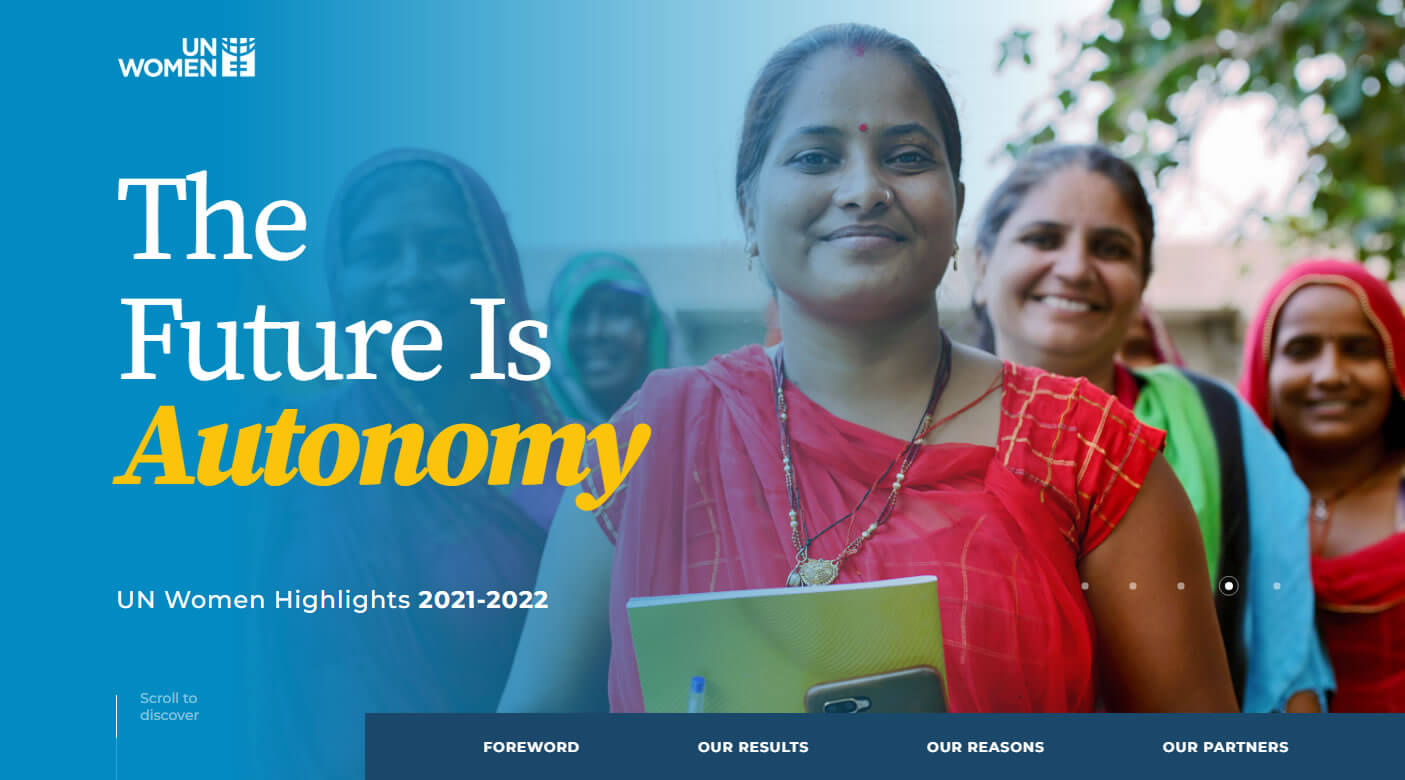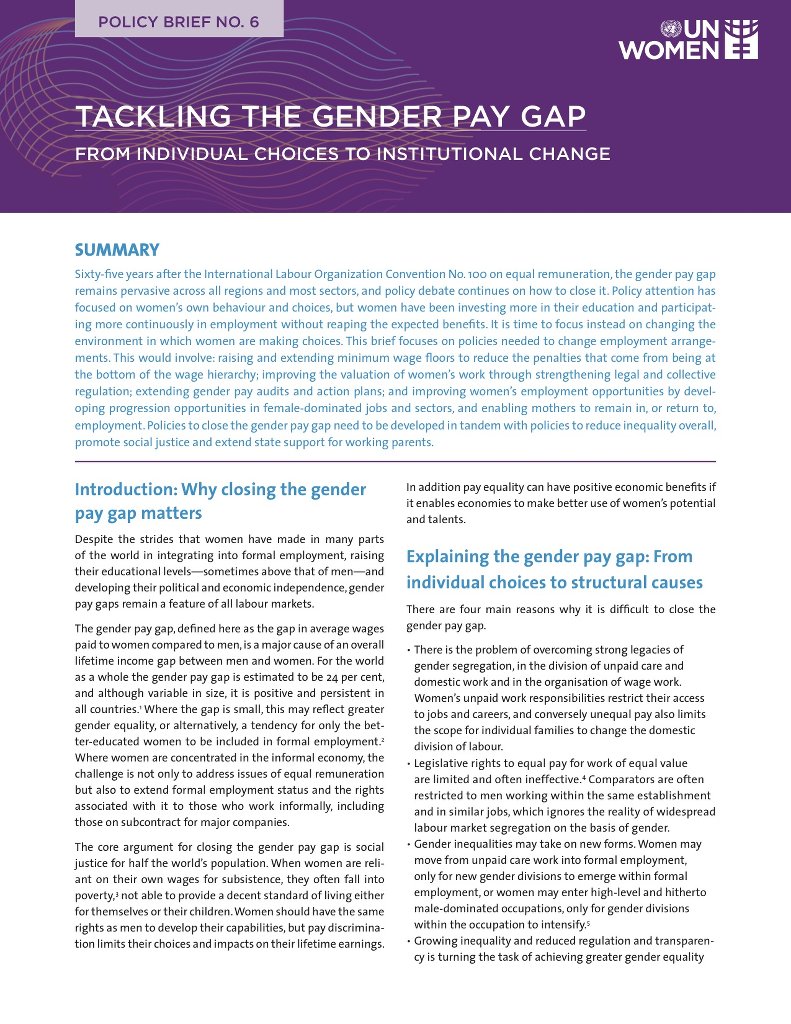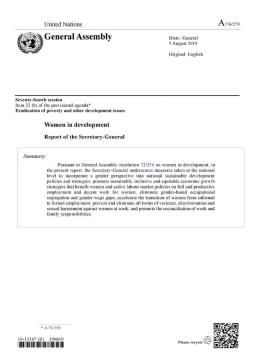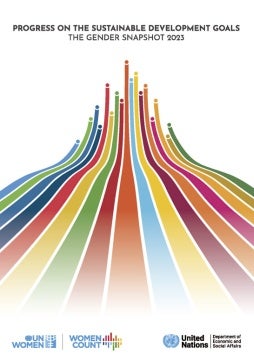Tackling the gender pay gap: From individual choices to institutional change
This brief synthesizes research findings, analysis and policy recommendations on closing the gender pay gap and reducing inequality to promote social justice and extend state support to working parents. It was produced for UN Women’s policy brief series.
Sixty-five years after ILO Convention no. 100 on equal remuneration, the gender pay gap remains pervasive across all regions and most sectors, and policy debate continues on how to close it. Policy attention has focused on women’s own behaviour and choices, but women have been investing more in their education and participating more continuously in employment without reaping the expected benefits. It is time to focus instead on changing the environment in which women are making choices.
This brief focuses on policies needed to change employment arrangements. This would involve:
- raising and extending floor under wages to reduce the penalties associated with being at the bottom of the wage hierarchy;
- improving the valuation of women’s work through strengthening legal and collective regulation;
- extending gender pay audits and action plans; and
- improving women’s employment opportunities by developing progression opportunities in female-dominated jobs and sectors, and enabling mothers to remain in, or return to, employment.
Policies to close the gender pay gap need to be developed in tandem with policies to reduce inequality overall, promote social justice and extend state support to working parents.









